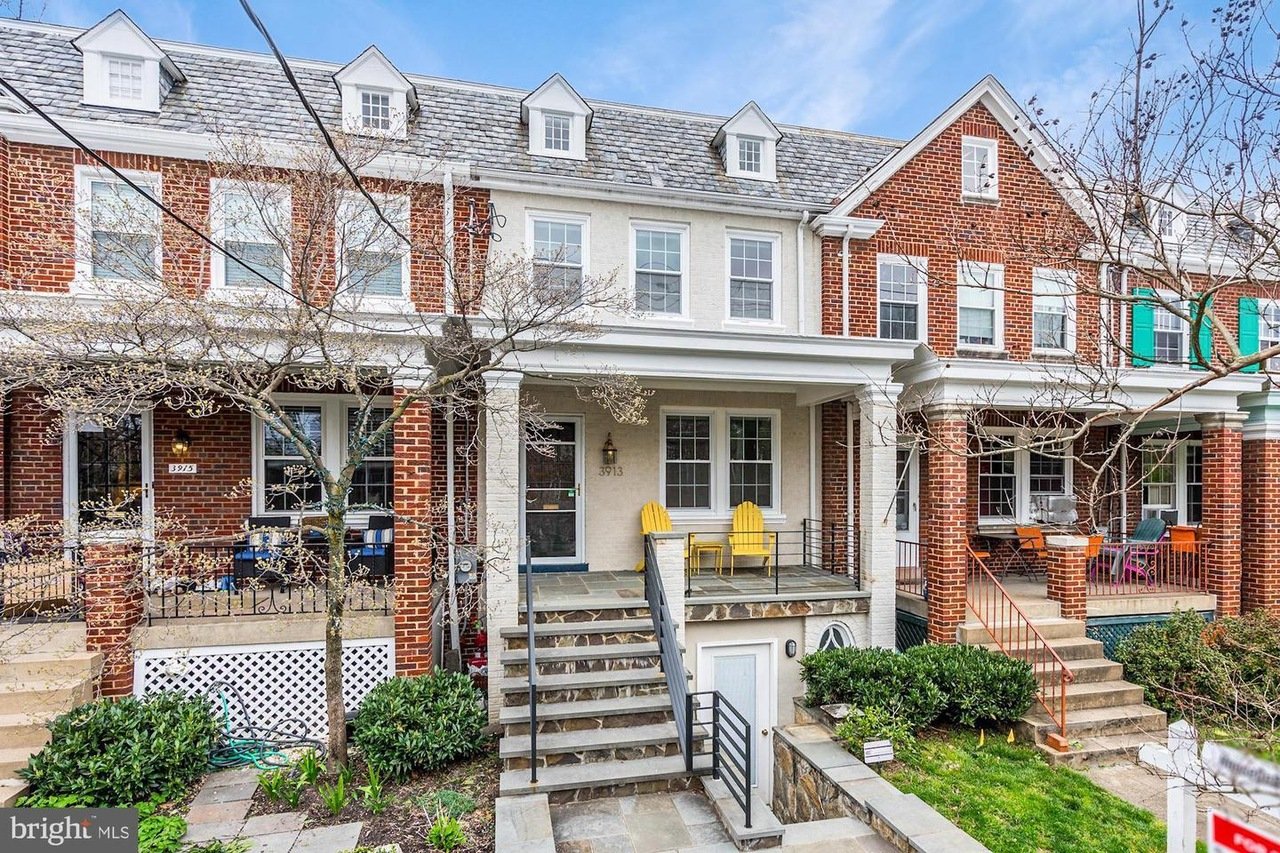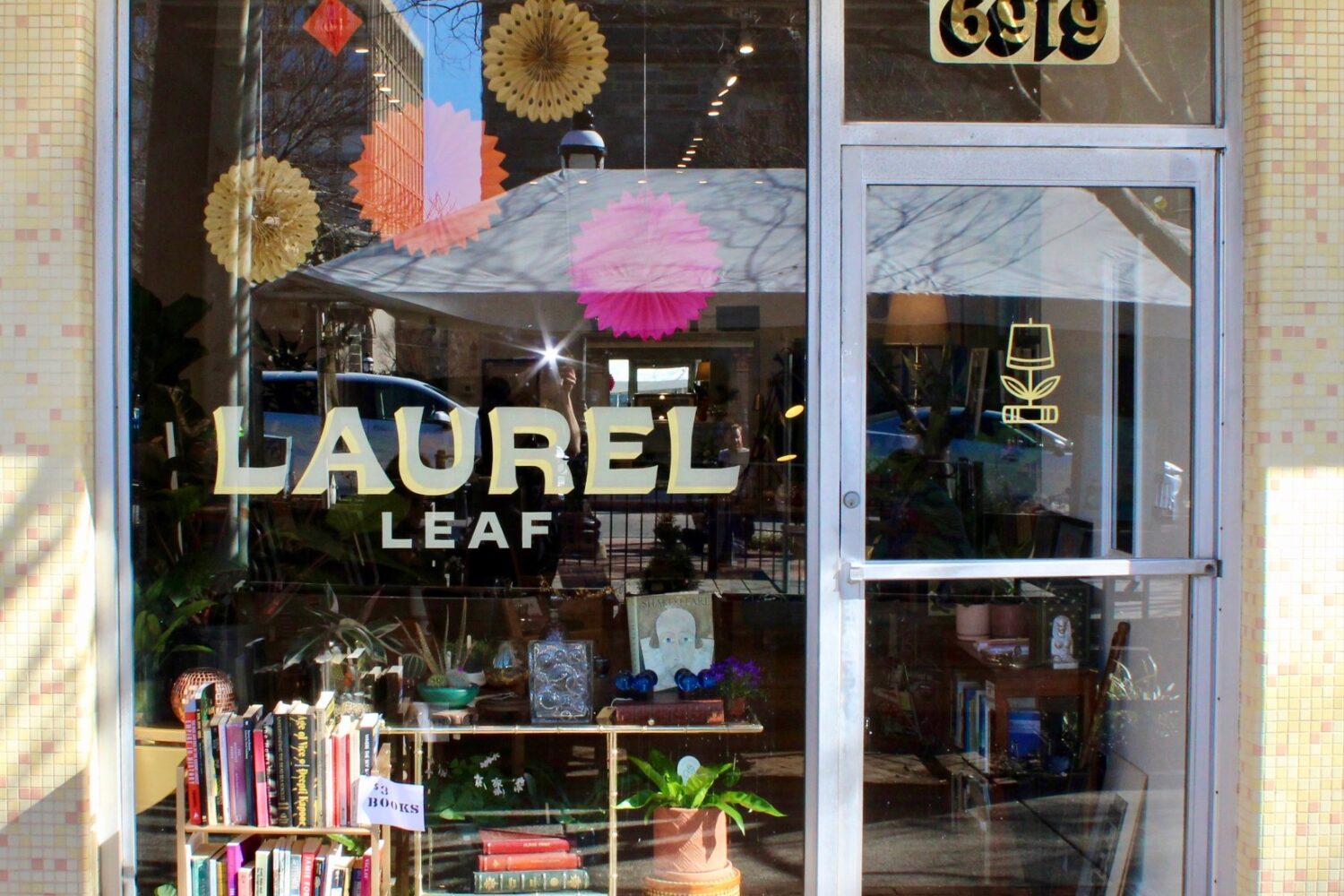“White Flint (Mall) is in fact a breed apart,” Chip Brown wrote in a 1981 article for the Washington Post. The mall’s mid-’70s opening was “something of a cultural event in the Washington area,” Brown said. That moment would seem to have passed: Today, White Flint Mall is empty and half demolished–all but for one determined anchor store, Lord & Taylor.
The demolition is part of the plans by the mall’s owners to redevelop it into a mixed-use “town center.” Though their plans do not require Lord & Taylor to move, the store has filed suit against the mall owners, principals of Lerner Enterprises and Tower Cos., on the grounds that their original agreement, made with the mall owners in 1975, stated that no design or architectural changes could be made to the buildings without Lord & Taylor’s consent.
Redevelopment, however, is an essential part of a maintaining a healthy mall in an age where malls are no longer every teen’s hangout and consumers can more conveniently shop online. Cary Judd, principal at KLNBretail, grew up in Rockville, and he’s watched as White Flint’s stronger tenants–Bloomingdale’s and Borders among them–exited stage left. He explains that once a tenant stops seeing sales–perhaps due to a change of demographics or a rise in crime–they will leave a property. This is particularly true with large national chains, which are typically the biggest draw to a mall, who are comparing the failing location with their stores across the country, not just the immediate metro area.
“There’s more scrutiny on the part of the retailers now than ever before since people can go online and buy,” says Judd. “If I’m going to spend money on building a store, I’m not going to roll the dice and go into an area that has high crime or doesn’t have the demographics that match my customer profile.”
When one anchor tenant leaves–whether it be a traditional department store or a fast fashion shop that drew a crowd–other retailers tend to follow, creating a snowball effect. Fashion retailers like to move in packs. When buying into a new shopping center, Judd explains, “A fashion tenant will typically say, ‘I’ll go there, but I need to have six or seven of these other 15 fashion tenants to get there as well before the deal is firm.’”
Though the number of shopping centers in America has increased over the past few years–the International Council of Shopping Centers (ICSC) reports 861 more centers in 2014 than there were in 2011–even the biggest hitters in the industry, such as Simon Property Group, are turning away from investing in new locations, and instead focusing on renovating the properties they already own.
Jesse Tron, spokesman for ICSC, says that since the recession, there’s been a national trend away from building new and towards revamping the old.
“Malls are large properties and they cover huge trade areas, so it’s difficult to find markets where you’re going to be new,” says Tron. “Coming out of recession, we didn’t see a bunch of new construction. What we were seeing was redevelopment because developers were seeing that there was bigger ROI in redeveloping old properties.”
The logic of redevelopment makes sense–if good location and demographics are a given and mall traffic is down for reasons that a new dining plaza can correct, then making some aesthetic changes is by far the cheaper and easier option.
“If you bought a house 40 years ago and never changed the paint or the furniture, people would come in and think it would look really dated,” says Greg Ferrante, senior vice president at Jones Lang Lasalle. Ferrante, who serves as the director of real estate within the Corporate Retail Solutions group at JLL, explains that retail is more experiential now, and that malls that create an experience for their users will have more return customers.
For that reason, DC has seen a number of mixed use developments pop up in recent years, creating “town centers,” rather than malls, that are destinations for retail, dining, entertainment and surrounded by residential and office space. In other words, the complete life package.
In the past year, Springfield Mall reopened as Springfield Town Center, with a shiny new Regal Cinema theater, library, and open courtyard play area as added incentives for locals to visit. Westfield Montgomery also recently undertook a $90 million renovation, including a glossy new dining terrace and a luxury ArcLight Cinema.
“Springfield Mall is a success story,” says Ferrante, explaining that it’s the malls that don’t make an effort to refresh–curating their retail and ending leases on less profitable businesses–are the malls that turn to ghost towns over time.
“They’re letting status quo and the fact that they’re receiving rent let them take their eye off the ball,” says Ferrante.
Consumers are looking for more from their shopping centers, so the malls are being repackaged, with grocery stores and movie theaters attached, as town centers.
“It’s no longer good enough to be just a distributor for goods, and all of these other things that you’re seeing come in are bringing everything you’d need to do or want to do in your life, so it’s a destination and a place to congregate with friends and family,” says Tron.



















